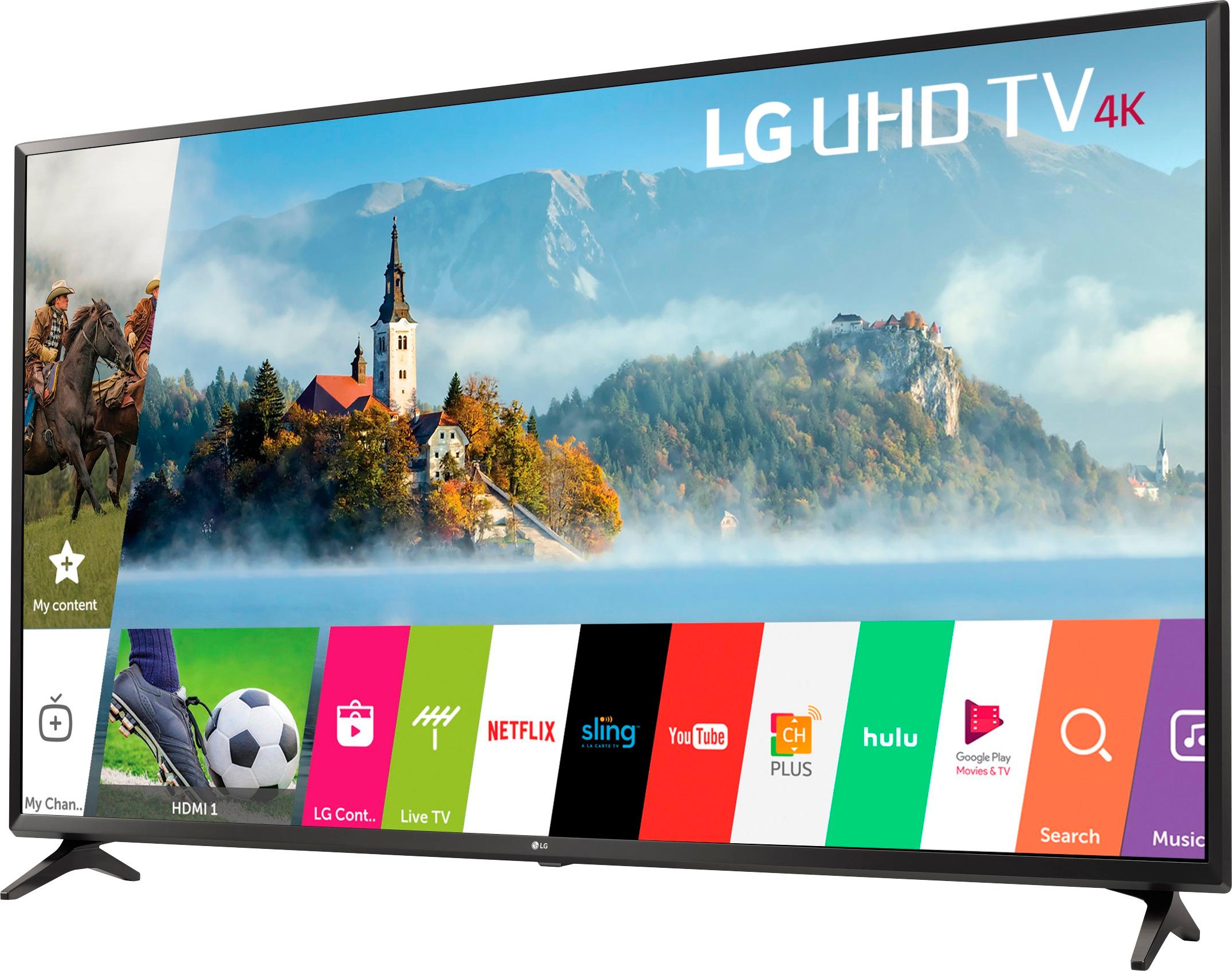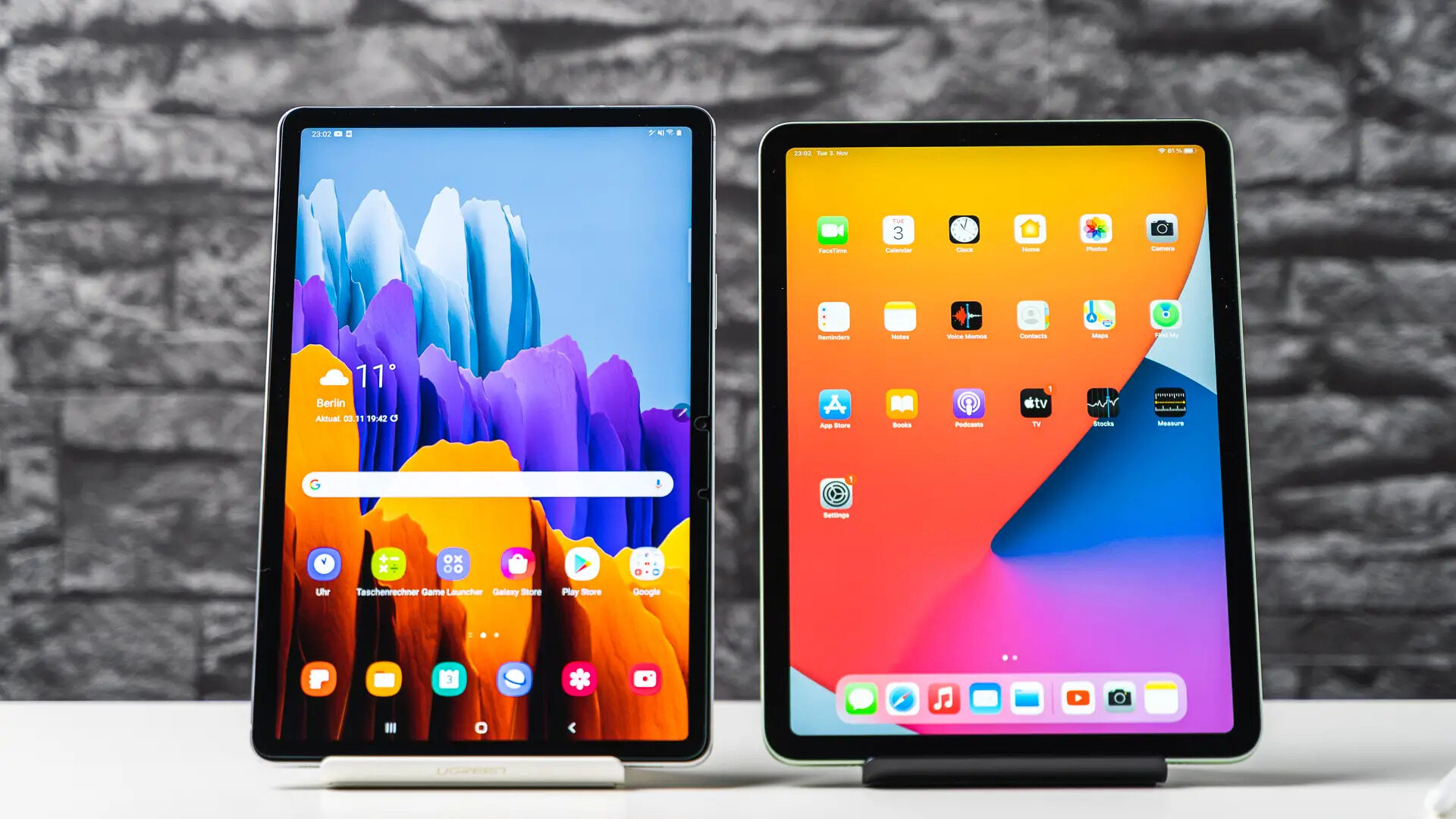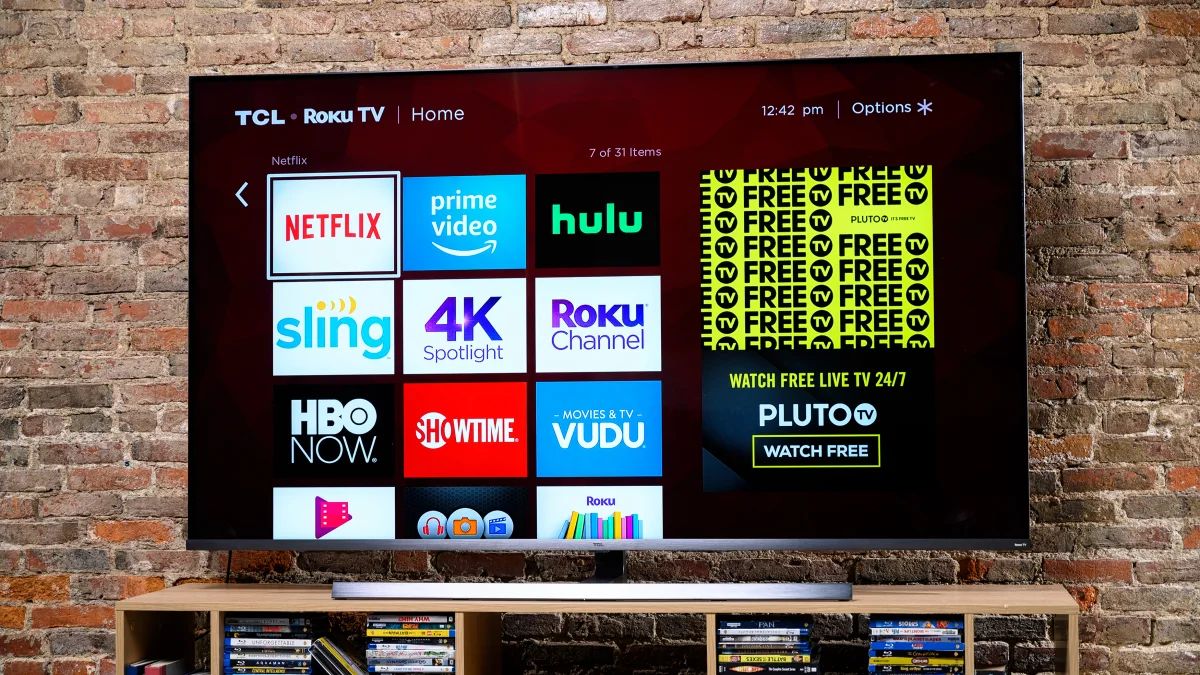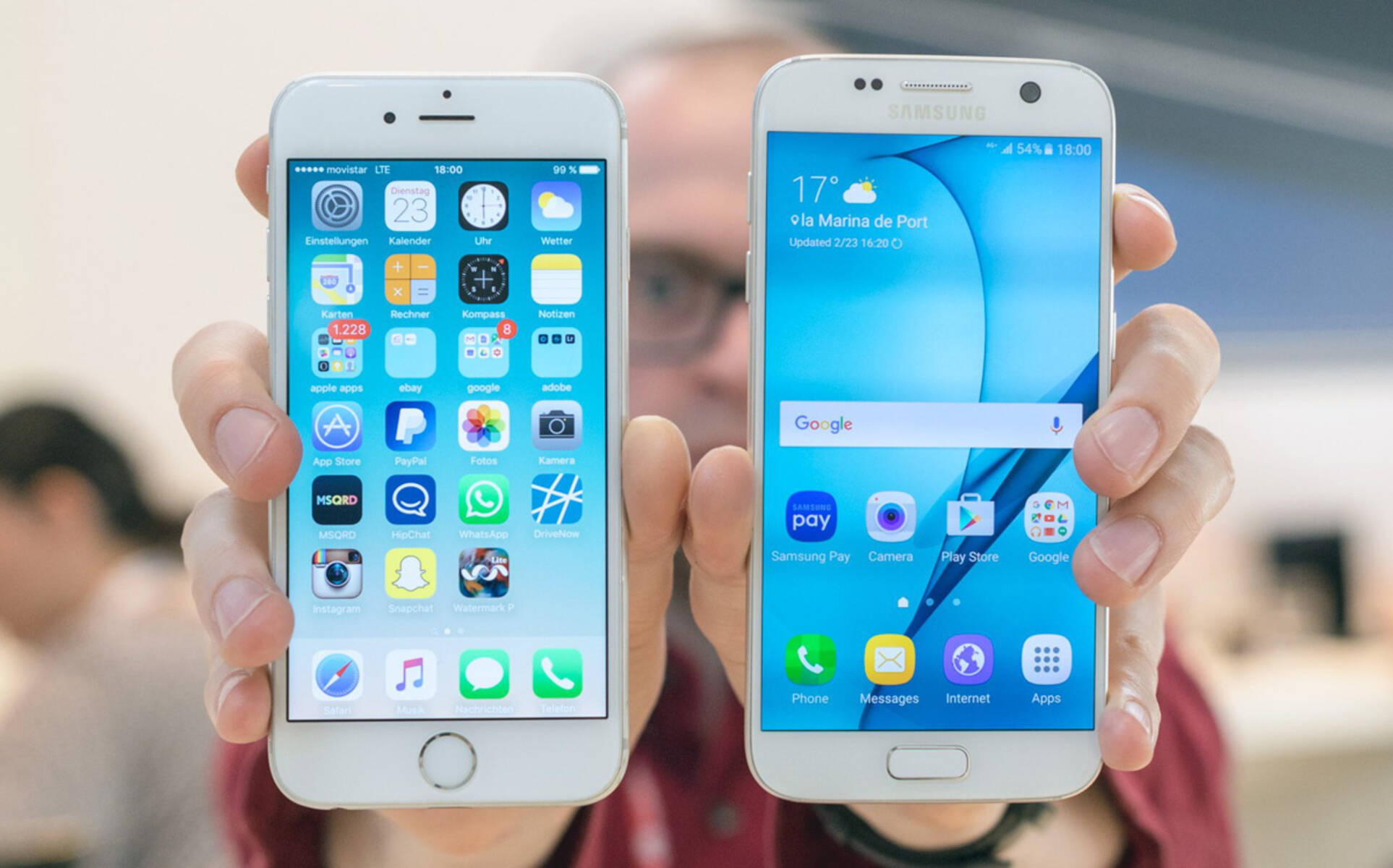Apple’s Vision Pro has provided a new platform for users to engage with apps through spatial computing. However, it has also presented app developers with an opportunity to generate revenue through paid downloads, a model that has seen limited success in the broader App Store ecosystem. A recent report from app intelligence firm Appfigures has revealed that over half of Vision Pro-only apps, accounting for 52%, are offered as paid downloads. This stands in stark contrast to the wider App Store, where only 5% of apps utilize this monetization method.
Key Takeaway
Developers embracing the Vision Pro with unique, native experiences are reverting to the paid download monetization model, presenting a potential shift in the app monetization landscape.
The Analysis
The analysis conducted by Appfigures encompassed all the apps optimized for the Vision Pro, including the 700+ apps specifically tailored for the new device. This includes Vision Pro-only apps as well as those where developers have optimized existing apps to function on Apple’s VR/AR headset. Notably, the analysis did not take into account the approximately 1.2 million iOS apps that are compatible with the Vision Pro but have not been modified by their developers.
Monetization Methods
Aside from the prevalence of paid downloads, the report also highlighted that 35% of Vision-only apps did not monetize through the App Store, while 13% offered subscriptions. When considering iOS apps that were modified to include a native Vision experience, only 17% were paid downloads, with 58% being monetized through subscriptions.
Pricing Insights
Further insights from Appfigures revealed that apps tailored for the Vision Pro have an average price of $5.67, with the highest-priced app being offered at $98. The majority of apps are priced at $9.99 or below. The cumulative cost of purchasing all paid apps amounts to $1,089.07, which interestingly is still lower than the starting price of the Vision Pro device, set at $3,499.
Impact of Apple’s Actions
Despite the potential for increased opportunities for app discovery, Apple’s recent decision to remove all Vision Pro apps from the top charts on the App Store may hinder developers’ success and limit consumer app discovery. This move comes as a setback, particularly given the absence of categories or top charts within the Vision Pro’s App Store, unlike other platforms.
Developer Perspectives
Notable Vision Pro developer, Michael Sayman, shared his experience with the News Ticker app, which quickly gained traction following its launch. However, the removal of Vision Pro apps from the Top Charts has prompted Sayman to reconsider further development for the platform until Apple addresses the search functionality and introduces additional discovery options. Similarly, Christian Selig, the developer behind Juno, a Vision-only YouTube client, expressed satisfaction with the app’s performance and questioned the skepticism surrounding early development on the platform.
Shift in Monetization Models
The resurgence of paid apps may appeal to developers seeking alternative monetization methods that do not heavily rely on high-priced subscriptions. This marks a potential departure from Apple’s previous emphasis on in-app purchases and subscriptions, aligning with the company’s services-driven business strategy.
Consumer Implications
While Apple’s services division continues to thrive, the growth of subscriptions has presented mixed implications for consumers. The prevalence of ongoing payments for previously free or ad-supported apps, coupled with the rise of subscription-related scams, has raised concerns among users.
Future Outlook
Apple’s decision to remove Vision Pro apps from the Top Charts raises questions about the potential impact on developer interest in the platform and the chosen revenue model. The long-term implications of this move on both developers and consumers remain to be seen.

























